Increase in the Rate of the Reaction with Temperature:
According to the collision theory of chemical reaction, the rate of reaction depends upon-
- Collision Frequency (Z).
- Fraction of Effective Collisions (f).
The effect on these two quantities, which affect the rate of reaction, by a change in temperature is described below-
(1) Increase in Collision Frequency- With the increase in temperature, the average velocity of the molecules increases and this leads to an increase in the number of collisions per unit time, i.e., collision frequency (Z). Moreover, from collision theory, collision frequency is proportional to the square root of the absolute temperature i.e.,
| Z ∝ √T; Where T = Absolute Temperature |
Now let us calculate the ratio of the collision frequencies at two temperatures differing by 10°C i.e., 300 and 310 K, i.e.,
| Z310/Z300 = √310/√300 = 1.016 |
The ratio of the collision frequencies differing by 10 K is only 1.016. This factor is very low as compared to the experimental factor of 2 or even more for the ratio of the rate of reaction differing by the temperature of 10 K.
Hence the increase in the rate of reaction is not simply due to the increase in collision frequency by rising in temperature.
(2) Effective Collision (f)- According to collision theory, only a fraction collision is effective in bringing about the chemical reaction. Such collisions are called effective collisions and these collisions are due to only these molecules which have more than or equal to certain minimum amount energy called threshold energy.

At a particular temperature ‘T’ if fractions of molecules are plotted versus corresponding energies, a graph called Maxwell’s distribution of energies is obtained as above.
If in a graph, the point ‘a’ represents threshold energy, the shaded area ‘abcd’ represents the fraction of molecules having energy greater than the threshold value at temperature (T) K. When the temperature is increased to (T + 10) K, the curve shifts as shown. Now the fraction of molecules having energy greater than the threshold value is represented by the shaded area ‘abef’ which is almost double the area ‘abcd’. Thus, the increase in temperature increases the fraction of molecules having effective collision and hence the rate of reaction becomes double or even more.

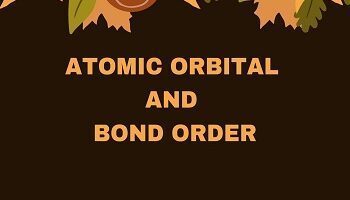
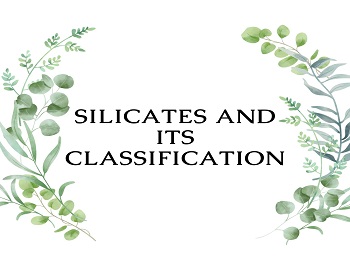
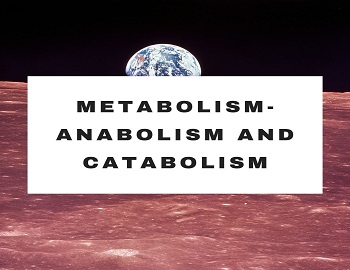
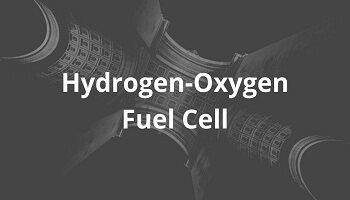
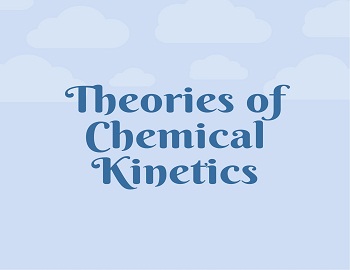



Comments (No)